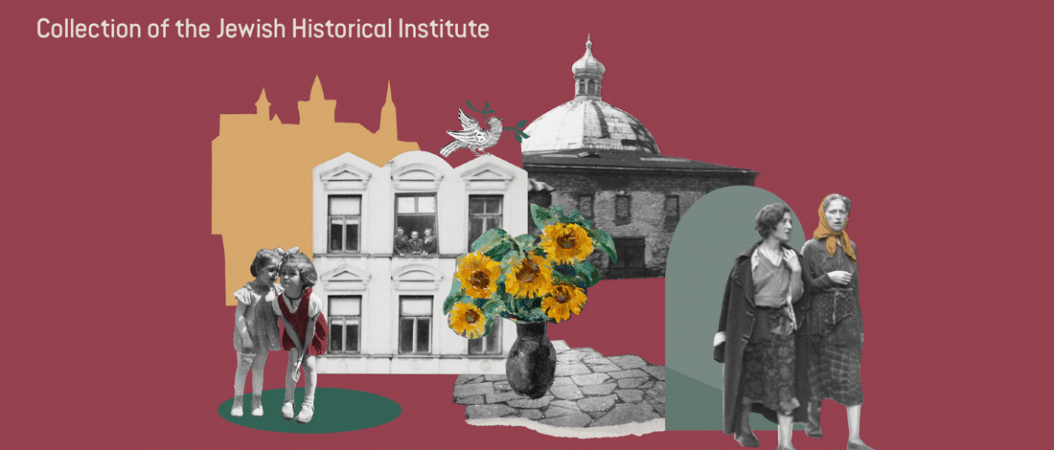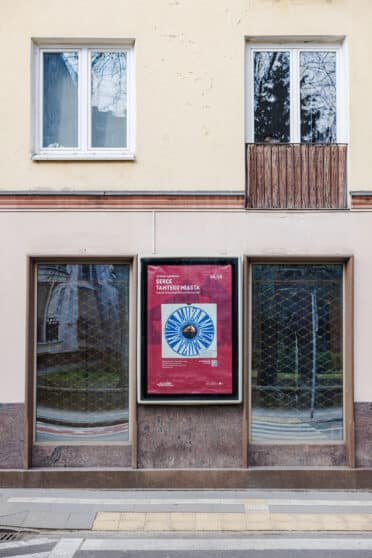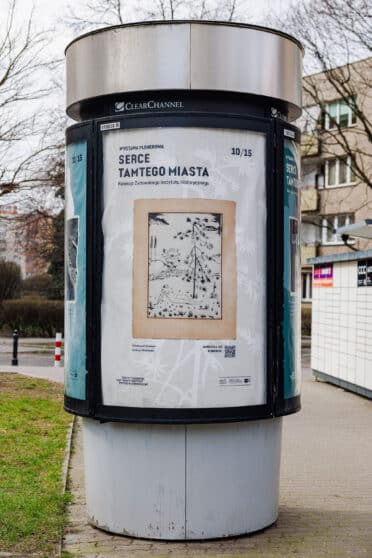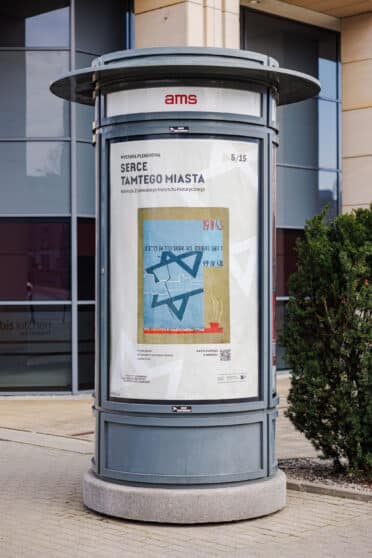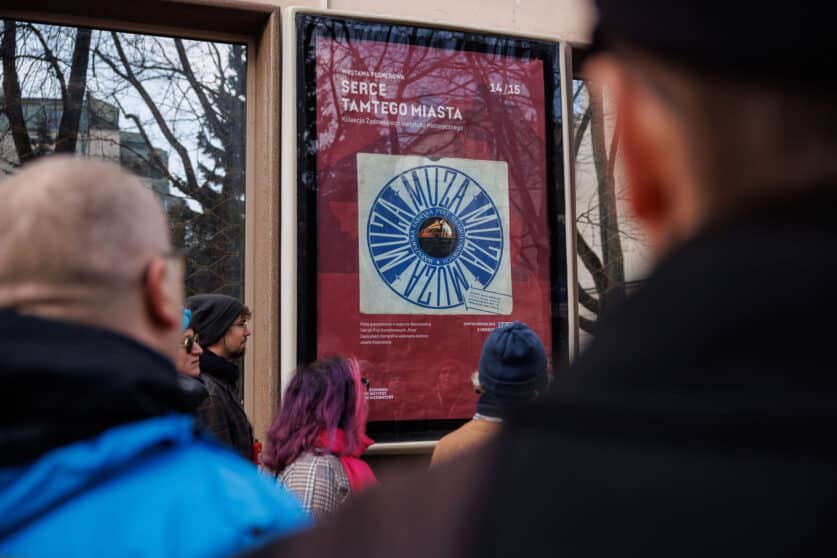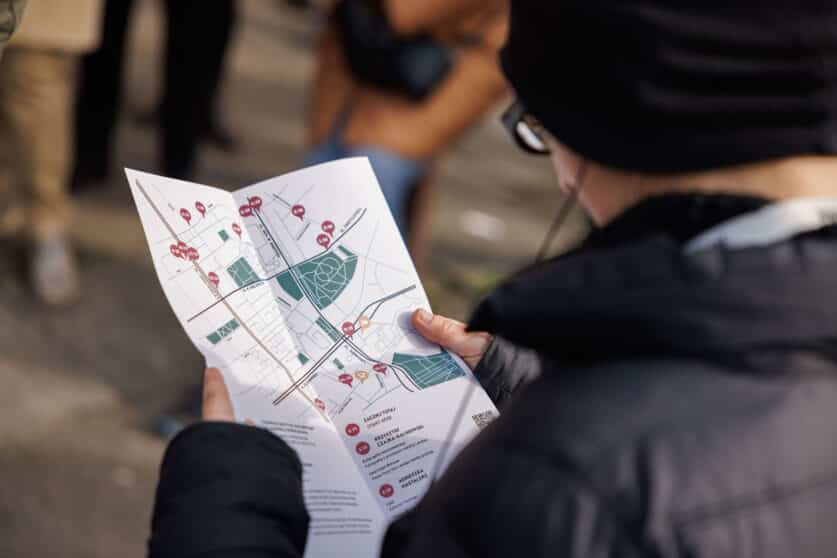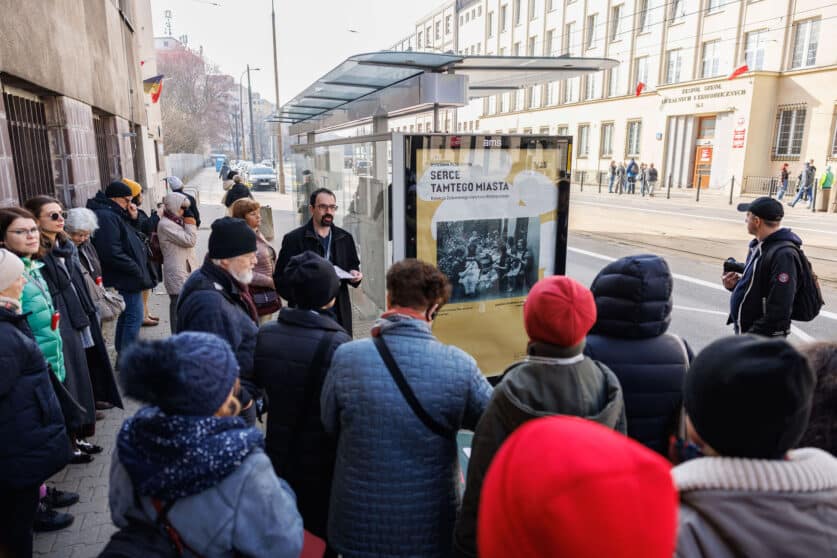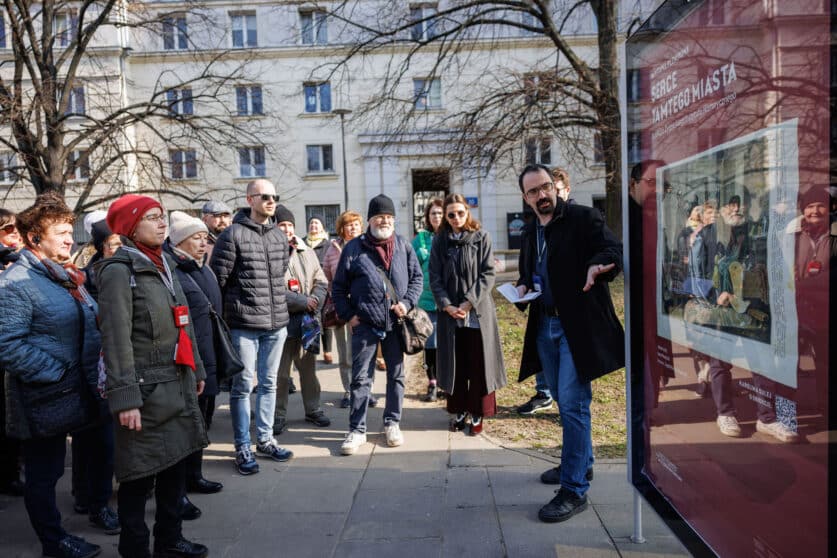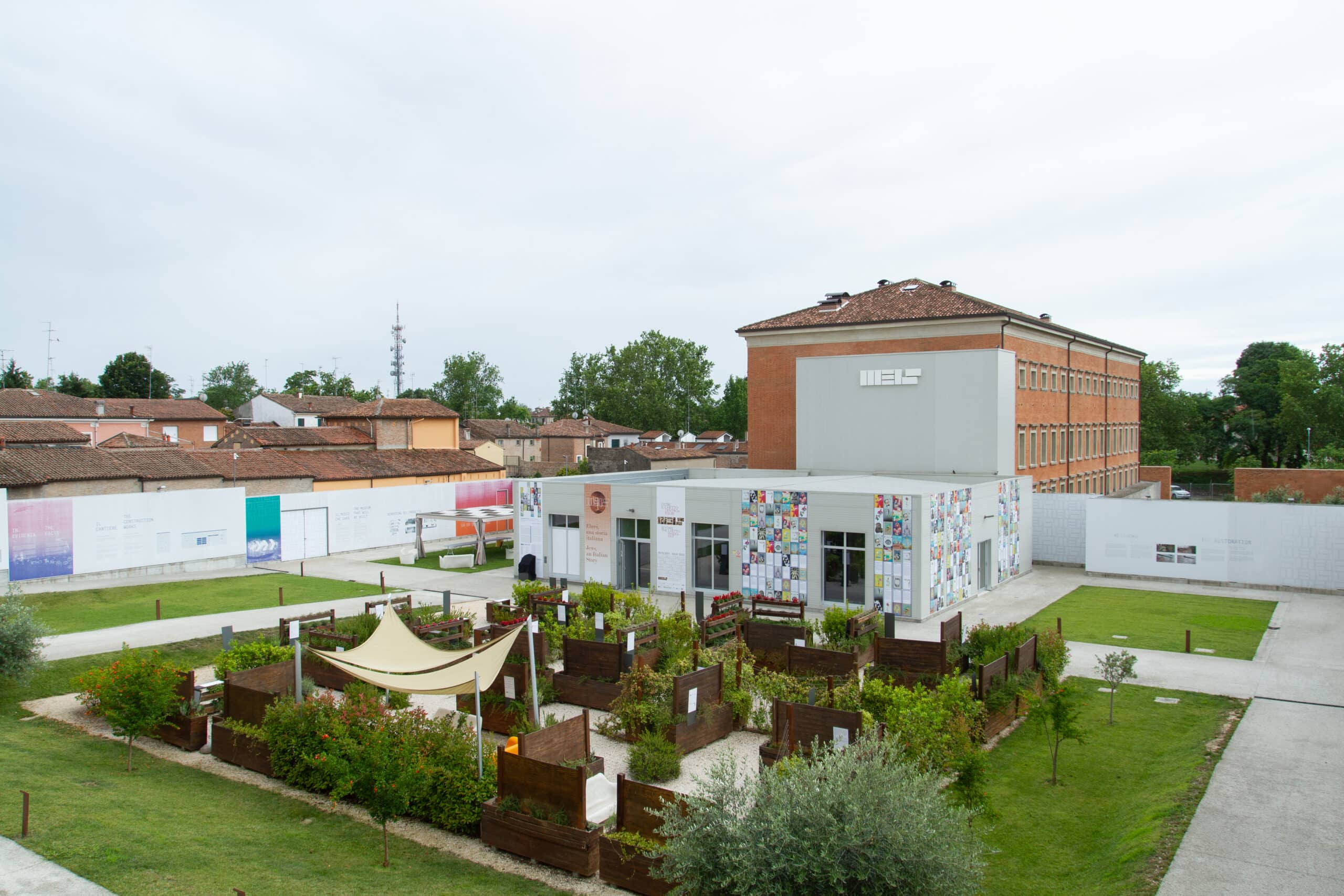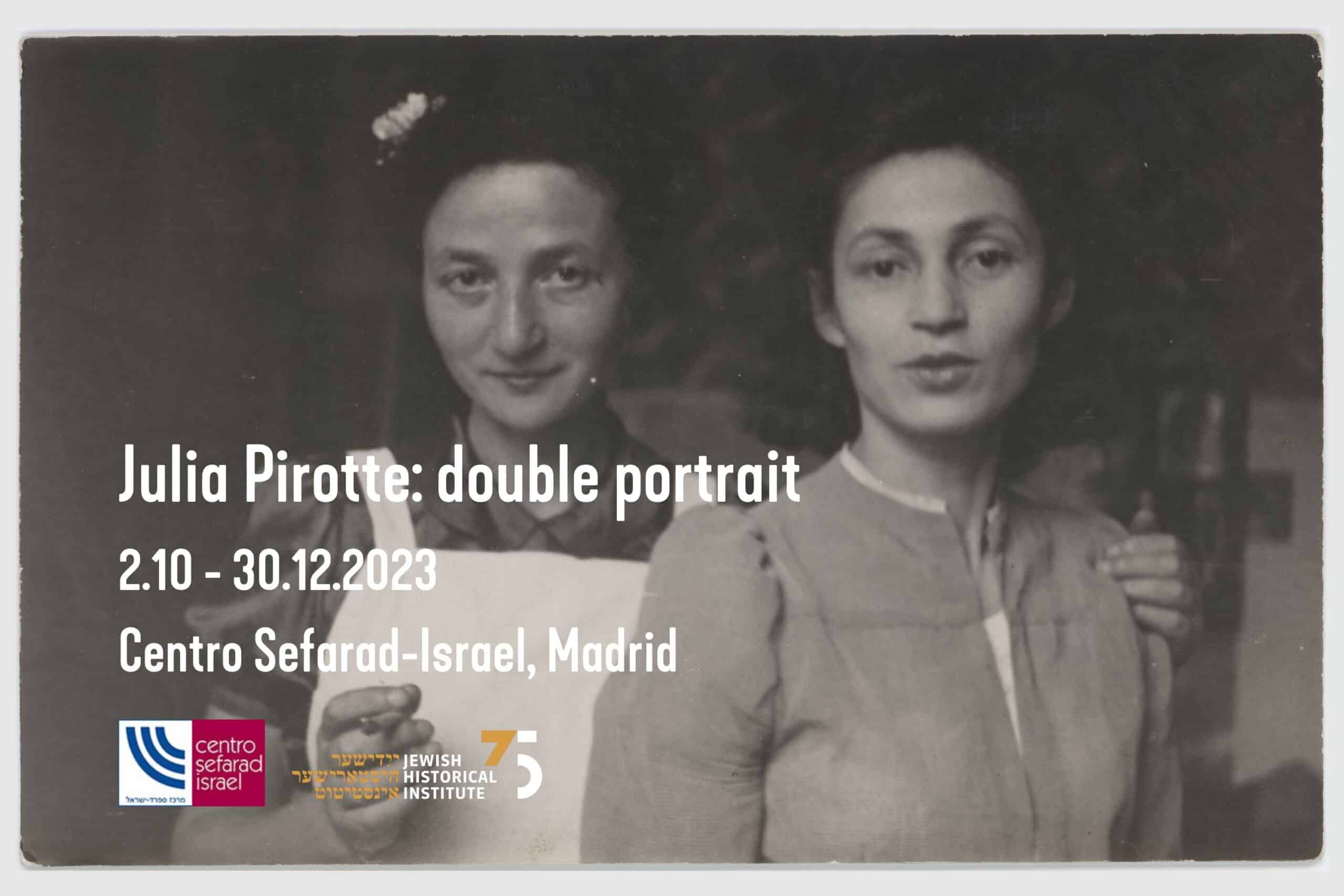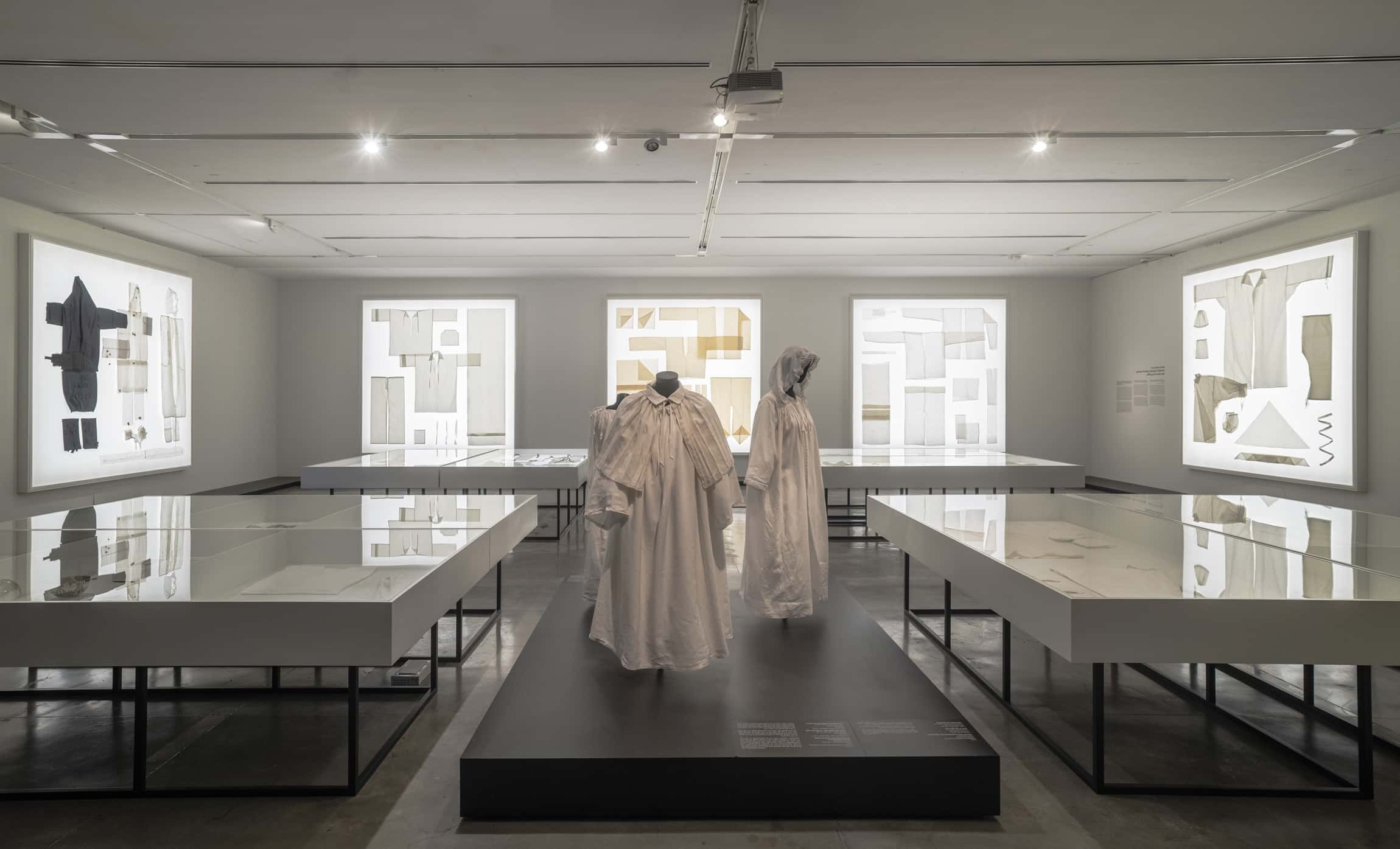They say that you die twice – once when you stop breathing and the second when somebody mentions your name for the last time. But what happens when you try to erase the names and memory of an entire nation? Only slivers remain of the former Jewish life – unsigned pieces of paper, an unidentified face in a photo, an armband with the Star of David, or a book with handwritten notes on the margins.
For over 75 years, the Jewish Historical Institute has been working to preserve the memory of those people and their stories. The JHI is the beating heart of the former Jewish Warsaw – the heart of a city that once was.
The Institute stores tens of thousands of documents, manuscripts, old prints, books, artworks, and photos. The collection remains under the watchful care of experts at the JHI and is being cataloged, described, and processed in a way that allows us to discover as much of its history as possible. It is also being preserved and digitized so that it remains in prime shape and is available to future generations.
We want to showcase these objects – many of which are buried deep in our storage rooms – to a wider audience, which is why we are presenting their photos in the space of the city which before the war was home to the largest Jewish community in Europe. Our efforts have taken the shape of the outdoor exhibition The Heart of the City That Once Was. Collection of the Jewish Historical Institute.
The exhibition comprises fifteen posters placed in the public space. They present photos of unique objects from the JHI collection, accompanied by modern commentary from artists, writers, journalists, researchers, and experts, all available on the Institute’s website. The Heart of the City That Once Was. Collection of the Jewish Historical Institute is an exhibition which will convert an ordinary bus stop, advertisement pillar, or poster – sites we pass by every day on our way to work or school – into a vehicle for reviving memory and contemplating the past.
The individual exhibits come together to form a contemplative walk.
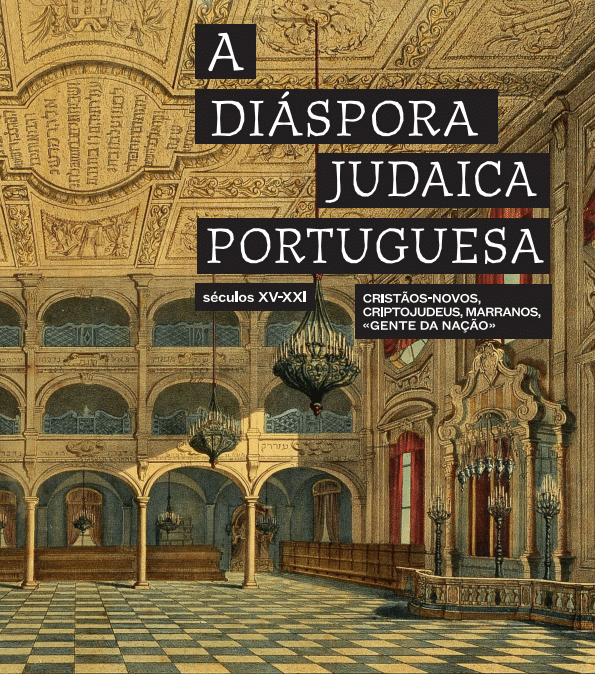 Exhibition
Exhibition
